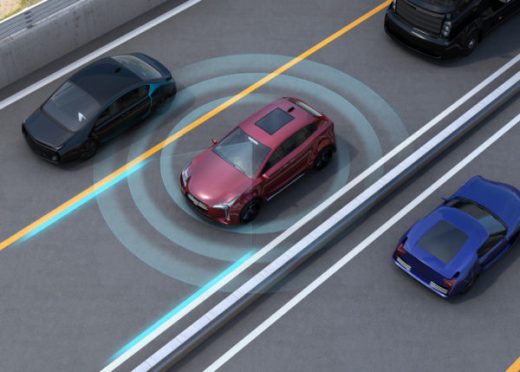Google’s Waymo to put big car firms in the robot car driver’s seat
Google’s Waymo to put big car firms in the robot car driver’s seat

A new report says Google has spun out its self-driving unit — now called Waymo — and is undertaking a major pivot away from making its own autonomous vehicles, instead moving to become a provider of self-driving car tech for major automakers.
These Google car revelations revealed in a lengthy report on tech site The Information.
See also: Google self-driving project set to graduate from labs
If the suggestions prove true, Google and its parent company Alphabet are undergoing a major shift away from developing their own self-driving cars. The Google cars were eventually to get rid of traditional user control mechanisms like foot pedals and steering wheels.
“Google Car executives had long made clear the company’s true mission of building a car that didn’t have a steering wheel or pedals, and the two-person prototypes in fact had what were considered to be temporary gear given that a safety driver is required to test self-driving tech,” recounted the USA Today article.
Instead, the tech giant is now reportedly refocusing its efforts on developing self-driving vehicle technology that can be incorporated into traditional cars.
This would represent a major scaling-back of Alphabet’s ambitious eight-year project to develop autonomous vehicles requiring no traditional user control mechanisms.
Furthering the speculation of Google’s change in focus is The Information’s news that the “Chauffeur” self-driving car team is being moved out of Google X’s future technology focused “moonshot” division.
The Information suggested increasing competition in the self-driving car space prompted Google Co-Founder Larry Page to reconsider the autonomous vehicle program focus.
Self-driving field is getting crowded
In recent years, many new players have rushed into the self-driving car field, including startups like Drive.ai and processor-maker Nvidia. As well, traditional carmakers are also diving deep into the technology to develop new versions of their vehicles.
This apparently sparked Google’s fear of being left behind in an increasingly aggressive race to commercialize the new car technology. And hence the move to become a technology provider for traditional car manufacturers became the preferred option.
Industry experts suggest that the goal for both car makers and technology firm is to develop autonomous transportation for ride-sharing services rather than individual consumers. Ride-sharing based business models include increased profit potential from the vehicles being in constant service unlike private robotic cars.
As evidence, drive-sharing colossus Uber has recently proven to be among the most aggressive companies in the race to develop self-driving cars.
The post Google’s Waymo to put big car firms in the robot car driver’s seat appeared first on ReadWrite.
(25)













